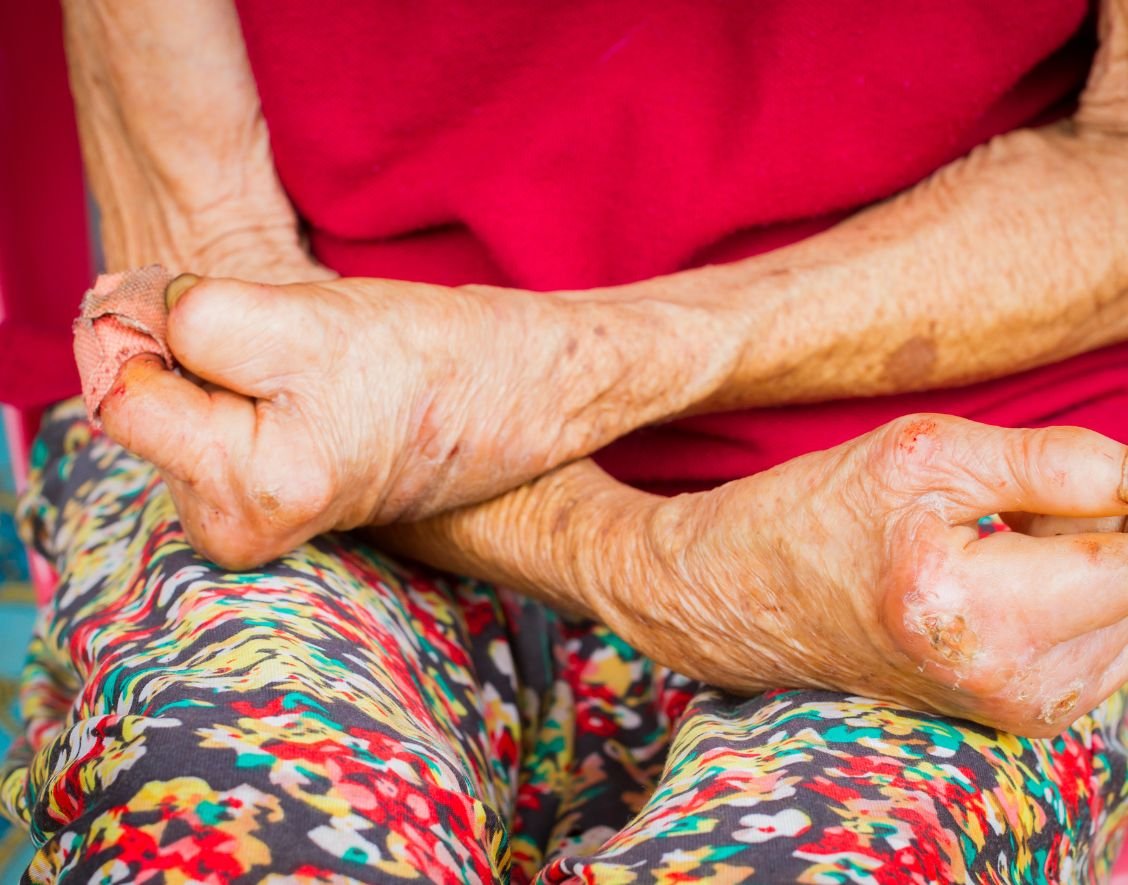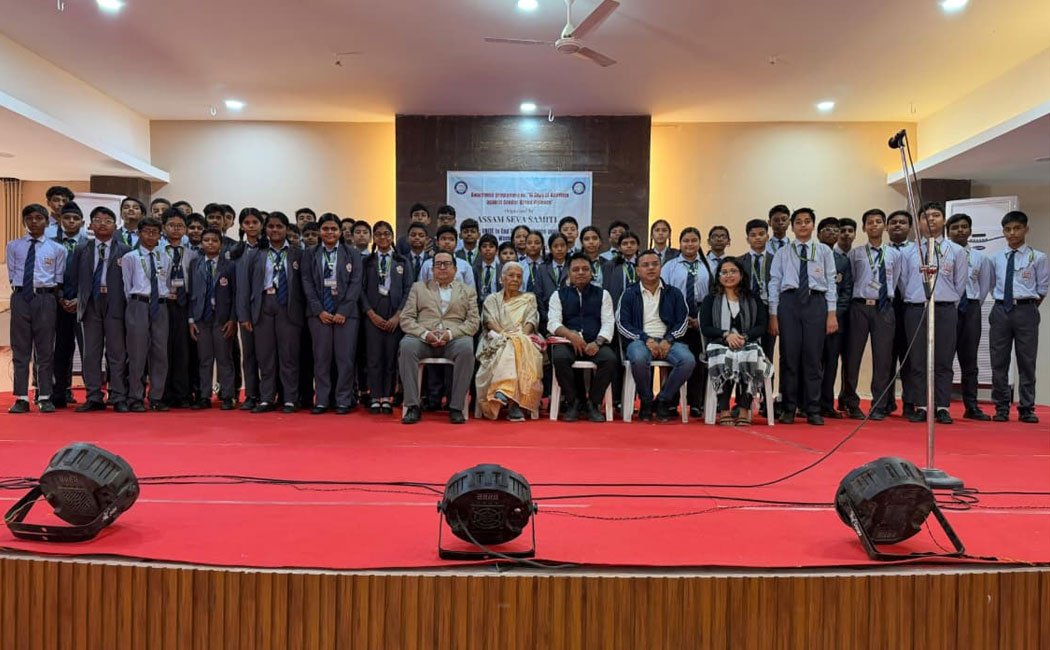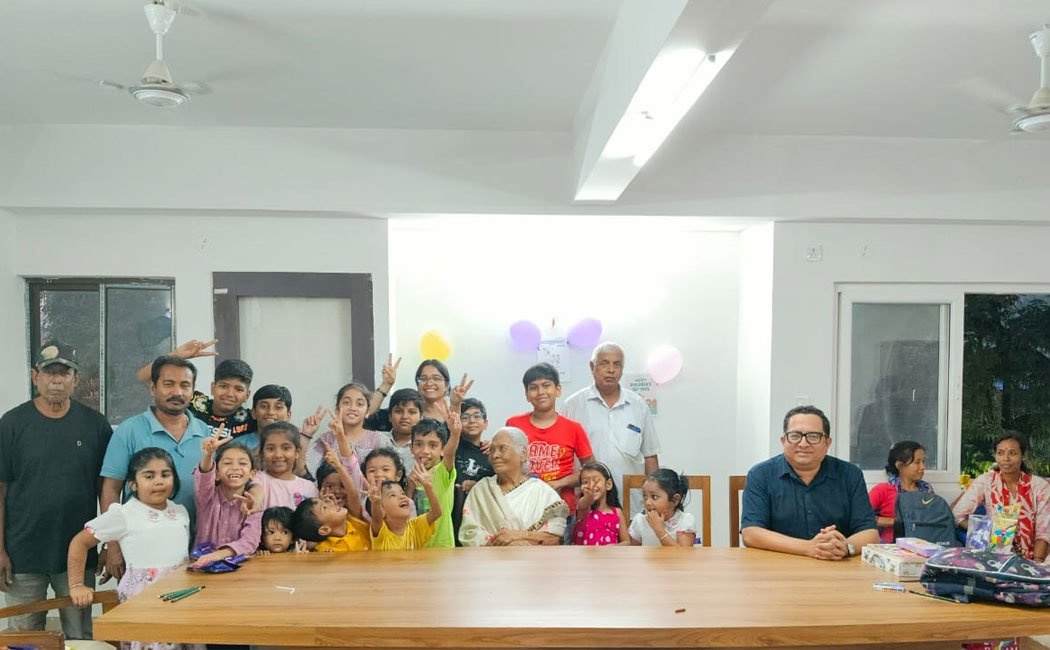On Dec 1, 2025 Assam Seva Samiti successfully organized an awareness program on the theme…

Assam Seva Samiti’s Lifeline to Leprosy Colonies in Assam
For decades, Assam Seva Samiti has stood as a beacon of compassion and resilience in Assam’s humanitarian landscape. Among its many contributions to the welfare of marginalized communities, one of the most pioneering efforts has been in the rehabilitation of individuals affected by leprosy. While the disease itself may have become curable and its spread controlled, the social stigma associated with leprosy has proven much harder to eradicate. In response, Assam Seva Samiti has created dedicated leprosy colonies—spaces not of isolation, but of inclusion, dignity, and self-reliance.
These colonies are not merely shelters. They are living examples of how society can choose care over neglect, compassion over discrimination. Here’s a closer look at the three leprosy colonies operated by Assam Seva Samiti and their current state.
1. Kuthari Kushta Colony: A Story of Land, Hope, and Encroachment
Location: Karbi Anglong Hills & Nagaon Plains
Resident Families: Approx. 50
Nestled between the scenic Karbi Anglong Hills and the fertile plains of Nagaon lies the Kuthari Kushta Colony. This community is home to around 50 families, comprising both recovered leprosy patients and their descendants. Most of these families lead modest lives through wage labor, gardening, and small trades. Over the years, the colony has seen ebbs and flows in institutional support. Once staffed by paramedical and support personnel, it now operates without any assigned employees.
A key asset of this colony is a vast tract of land—1,163 bighas—officially allotted to Assam Seva Samiti. However, due to a lack of government record accessibility, much of this land has been encroached upon by members of the local Karbi community. The absence of documentation has made reclamation efforts challenging.
Still, Assam Seva Samiti remains committed to restoring both the land and the dignity it represents. The organization is actively working toward reclaiming the area and launching new welfare and rehabilitation schemes tailored to the needs of the resident families.
2. Kalabari Leprosy Colony: A Self-Reliant Community Born from Relocation
Location: Kalabari, Sonitpur District (Originally Jengraimukh, Majuli)
Resident Families: Approx. 50
Established: Relocated in 1956
The Kalabari Leprosy Colony stands as a resilient community with roots dating back to 1956, when it was relocated from Jengraimukh in Majuli. It comprises around 50 families, many of whom have built sustainable livelihoods through farming. Assam Seva Samiti was allocated 200 bighas of cultivable land here, which the residents have put to good use for agriculture.
What sets Kalabari apart is the self-reliant nature of its people. Despite the absence of formal institutional support, the community has thrived. However, this independence should not be mistaken for immunity to hardship. The lack of staff and welfare programs has left the colony vulnerable to neglect.
Assam Seva Samiti envisions a revitalized support system for Kalabari, one that builds on its strengths while addressing long-standing gaps in services and development initiatives.
3. Tetelia Leprosy Colony: A Legacy Carved in Land and Greenery
Location: Sonapur, Kamrup District
Resident Families: 2 individuals from former resident families
Land: 13 bighas divided into two plots + 4-bigha pond
The Tetelia Colony, located along the national highway in Sonapur, represents a more transitional phase in the journey of leprosy rehabilitation. Today, no active leprosy patients reside in this colony. Only two individuals—relatives of former residents—remain on the premises.
The colony’s land is divided into two sections:
- A 4-bigha plot, currently occupied by one of the remaining families.
- A 9-bigha plot, leased to the State Institute of Rural Development (SIRD) for institutional use.
In addition, a lush 4-bigha pond, rich with biodiversity, has been leased to NERAMEC, a local organization, for aquatic and development purposes.
The land surrounding Tetelia flourishes with jackfruit, bamboo, mango, and coconut trees. These trees are not only aesthetically pleasing but also offer economic opportunities. Though the human presence here has dwindled, the natural environment continues to thrive—symbolizing growth, sustainability, and the enduring legacy of the people who once called this place home.
A Call for Collective Responsibility
The leprosy colonies operated by Assam Seva Samiti are more than physical spaces; they are embodiments of resilience, rehabilitation, and reintegration. These communities have endured long histories of stigma, displacement, and governmental neglect. Yet, they remain strong through self-reliance and the undying support of Assam Seva Samiti.
However, much work remains. These colonies need:
- Land reclamation and protection from encroachment
- Deployment of welfare schemes and medical support
- Opportunities for education, vocational training, and self-sufficiency
- Institutional recognition and collaboration for sustainable development
As we move forward as a society, the question is not just about what these colonies need. It’s also about what we, as a community, owe to them—for their courage, for their perseverance, and for reminding us of what true humanity looks like.




Comments (0)